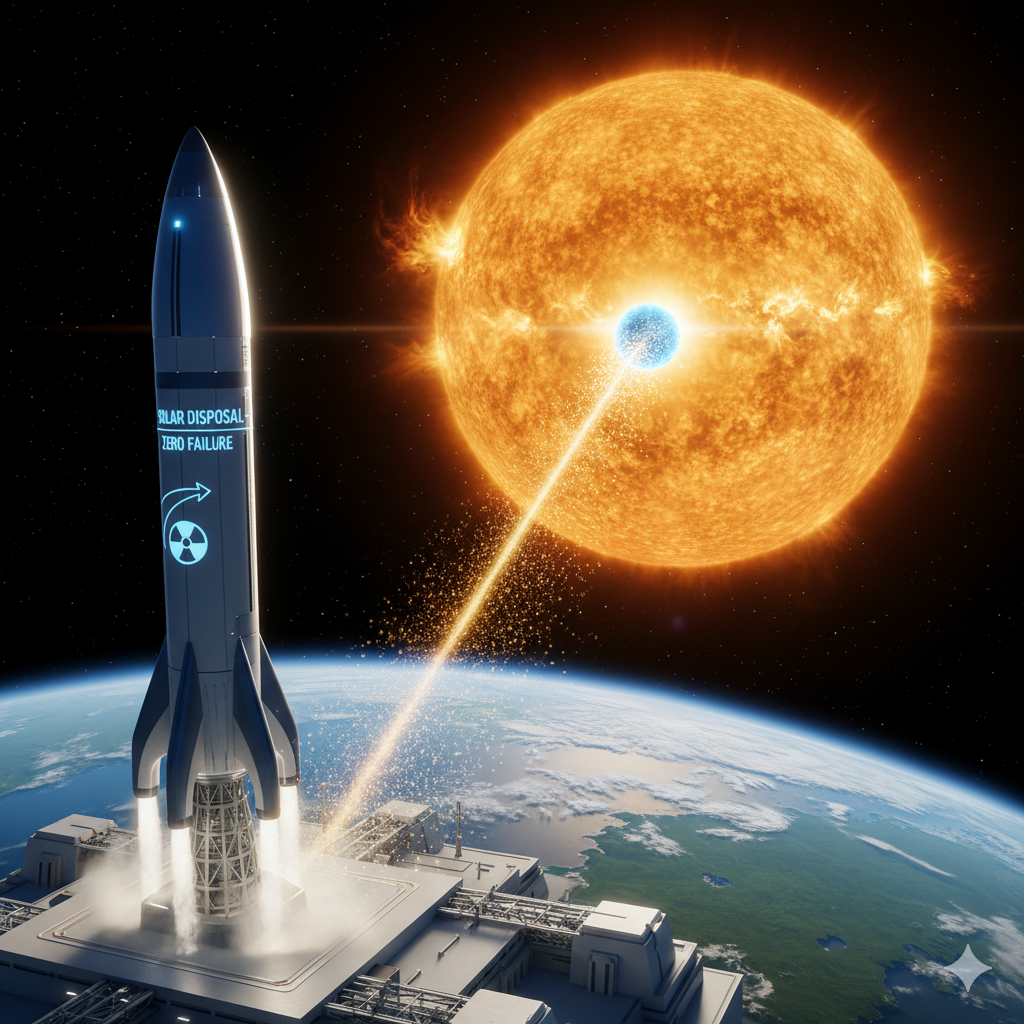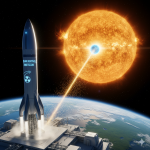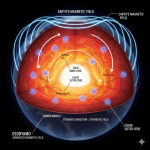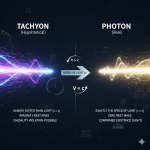Now Reading: Sending Radioactive Waste like Spent fuel to the Sun
-
01
Sending Radioactive Waste like Spent fuel to the Sun
Sending Radioactive Waste like Spent fuel to the Sun

If sending spent nuclear fuel into the Sun was theoretically feasible (meaning we had 100% reliable, cheap launch systems that guaranteed it would reach the Sun), then yes… it would be the ultimate and best form of disposal.
Why It Would Be the Best
The benefit is simple and absolute: permanent, irreversible removal of the hazard from the planet.
- Total Isolation: The waste would be eliminated from the Earth and the entire biosphere forever. It would no longer pose any risk of contaminating groundwater, being stolen by terrorists, or requiring thousands of years of monitoring and maintenance.
- Complete Destruction: Once the waste reached the Sun, the extreme heat and gravitational forces would break down the material into its basic elements, effectively destroying its hazardous structure.
- No Burden on Future Generations: There would be no need for long-term repositories, safeguards, or the immense social and ethical planning required to ensure isolation for 100,000+ years.
Why We Rely on DGRs Instead
The reason this isn’t the current solution is that its two biggest obstacles—safety and cost—are so massive that they are considered insurmountable with current technology.

Because absolute safety against launch failure is impossible to guarantee, and the energy cost is currently prohibitive, DGRs remain the only scientifically and practically viable long-term solution.
This is what they do with it now 😱
DGRs is an acronym that stands for Deep Geological Repositories. A Deep Geological Repository is the internationally accepted, scientifically proven solution for the permanent and safe disposal of high-level, long-lived radioactive waste, primarily spent nuclear fuel.
Key Characteristics of DGRs:
Depth: They are constructed deep underground, typically several hundred meters (200 to 1,000 meters) below the surface, in areas chosen for their geological stability.
Purpose: The function is to contain and isolate the hazardous waste from the human environment and biosphere for the immense periods of time (hundreds of thousands of years) required for the radioactivity to decay to harmless levels.
Passive Safety: DGRs are designed to operate with passive safety, meaning that once they are sealed and closed, their long-term security does not rely on human monitoring, maintenance, or intervention.
Multi-Barrier System: They rely on a system of multiple, redundant barriers:
The Waste Itself: The waste is often solidified into a chemically stable form (like a ceramic or glass).
Engineered Barriers: These include robust, corrosion-resistant waste containers (often copper or thick steel) and a surrounding buffer material (like bentonite clay) that swells to seal gaps and slow water movement.
Natural Barrier: The massive layer of stable host rock (e.g., granite, salt, or clay) provides the ultimate barrier, acting as a natural shield that prevents the movement of water and radionuclides.
Countries like Finland, Sweden, and Canada are currently the most advanced in developing and building their DGRs for final disposal.
Just remember… spent fuel is dangerous to humans for upto 10,000 plus years.
The length of time that spent nuclear fuel remains hazardous to humans is a spectrum, but the period of greatest concern for isolation extends for at least 10,000 years, while some components require isolation for hundreds of thousands of years or even longer.
The hazard level decreases over time in distinct phases:
1. Short-Term Hazard (First 300 to 1,000 Years)
Intensity: Spent fuel is extremely radioactive and generates intense heat immediately after removal from a reactor. Unshielded exposure for even a few minutes would deliver a lethal radiation dose.
Dominant Isotopes: The radiation and heat during this period are dominated by highly active fission products with relatively short half-lives, primarily Caesium-137 and Strontium-90 (both have half-lives of about 30 years).
Decay: The overall radioactivity drops dramatically (by about 99.9%) during the first few hundred years. This is why spent fuel is stored in cooling pools or dry casks for decades before permanent disposal.
2. Long-Term Hazard (10,000 to Over 200,000 Years)
Persistence: After the shorter-lived fission products have mostly decayed, the long-term hazard is dominated by actinides (heavy elements like Plutonium and Americium).
Radiotoxicity Concern: The primary focus for isolation safety planning is typically a period of 10,000 years, as this is the timeframe for the waste to decay to roughly the same level of radioactivity as the original natural uranium ore from which the fuel was mined.
Extreme Longevity: Some actinides, like Plutonium-239, have half-lives of 24,000 years. Certain other isotopes will remain radioactive for hundreds of thousands to millions of years.
Because of the presence of these very long-lived isotopes, international safety standards require the permanent disposal solution (Deep Geological Repositories) to guarantee isolation for hundreds of thousands of years.
Plus it would not hurt the sun in anyway and it would honestly not feel it at all… The Sun’s mass loss rate alone completely dwarfs the mass of all the waste we could possibly send. Even if you were to throw the entire planet Earth into the Sun, it would not interrupt the Sun’s fusion process or measurably change its life cycle.
The benefit of solar disposal is purely for Earth, as it permanently removes the hazardous material from our biosphere.















